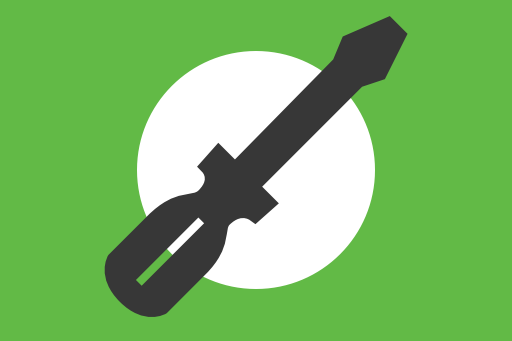HTML Editors
Choosing the Right Tool to Write HTML Code
HTML Editors
Before you start writing your first line of HTML, you need a tool to write and manage your code. This is where HTML editors come into play. These editors help you type, organize, highlight, and even preview your HTML pages. But not all editors are the same — some are basic, while others come packed with features to speed up your work.
Types of HTML Editors
There are generally two types of HTML editors you’ll encounter:
- Text Editors: Simple editors like Notepad (Windows) or TextEdit (macOS) that offer a clean, minimal interface. Great for beginners who want to learn HTML without distractions.
- Code Editors / IDEs (Integrated Development Environments): These are advanced editors like VS Code, Sublime Text, and Atom. They offer syntax highlighting, auto-completion, live preview, extensions, and more.
Recommended HTML Editors for Beginners
If you're just starting out, here's a quick guide to some popular tools:
| Editor | Platform | Best For |
|---|---|---|
| Notepad++ | Windows | Lightweight HTML editing with syntax highlighting |
| Visual Studio Code (VS Code) | Windows, macOS, Linux | Feature-rich development with live server preview |
| Sublime Text | Cross-platform | Fast and efficient coding with elegant UI |
| Brackets | Cross-platform | Live HTML preview and real-time changes |
Writing Your First HTML Code
Let’s see what it's like to write a simple HTML document using a code editor like VS Code:
<!DOCTYPE html>
<html lang="en">
<head>
<meta charset="UTF-8">
<meta name="viewport" content="width=device-width, initial-scale=1.0">
<title>My First HTML Page</title>
</head>
<body>
<h1>Hello, HTML World!</h1>
<p>This is my first HTML document, written using a proper editor.</p>
</body>
</html>
What This Code Does
<!DOCTYPE html>declares the document as an HTML5 document.<html>wraps the entire page.<head>contains meta-information like title and character encoding.<title>sets the page title seen on the browser tab.<body>holds the visible content like headings and paragraphs.
How to Run It
- Open your chosen HTML editor (e.g., VS Code).
- Paste the above code into a new file.
- Save the file with a
.htmlextension, for example,index.html. - Right-click the file and open it in a browser (or use an extension like Live Server in VS Code).
Expected Output
When you open the file in a browser, you’ll see:
Hello, HTML World!
This is my first HTML document, written using a proper editor.
Why a Good Editor Matters
The right HTML editor helps you write code faster, avoid mistakes, and understand the structure better. Especially for beginners, features like syntax highlighting and live preview are very helpful.








Comments
Loading comments...